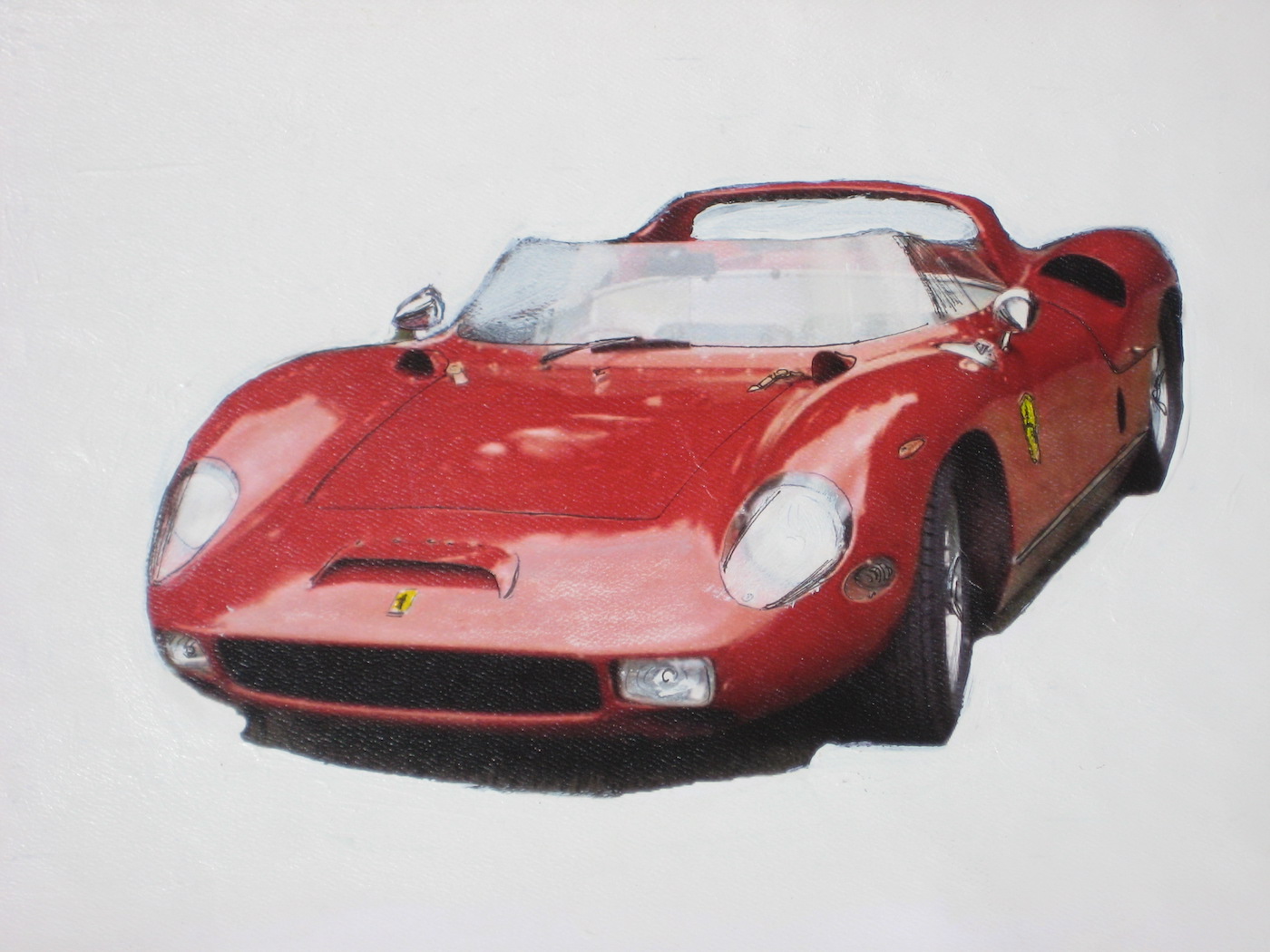The Obsession
Recent Comments
- Emerson on The Bizzarrini GT 5300 – An Icon of the Golden Age of Motoring
- Mike Gulett on All In The Family – Iso Rivolta GT
- wallace wyss on All In The Family – Iso Rivolta GT
- Robb Northrup on The Bizzarrini GT 5300 – An Icon of the Golden Age of Motoring
- Mike Gulett on The Bizzarrini GT 5300 – An Icon of the Golden Age of Motoring
- Bill Swanson on The Bizzarrini GT 5300 – An Icon of the Golden Age of Motoring
- Bruce Caron on The Bizzarrini GT 5300 – An Icon of the Golden Age of Motoring
- Bruce Meyer on The Bizzarrini GT 5300 – An Icon of the Golden Age of Motoring
Contact
About Mike Gulett
Log in --- Copyright Michael Gulett 2010 - 2025


Speak Your Mind